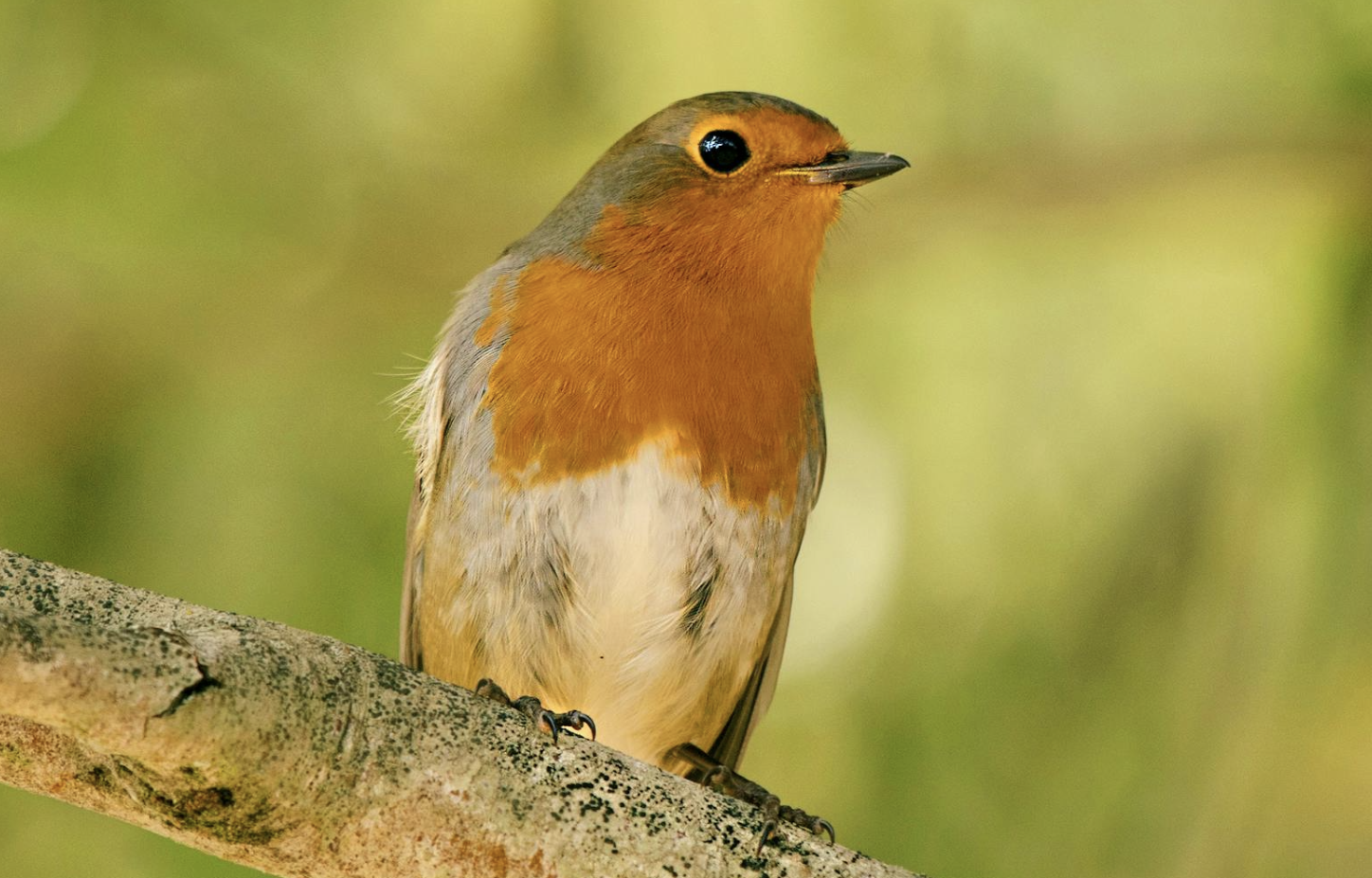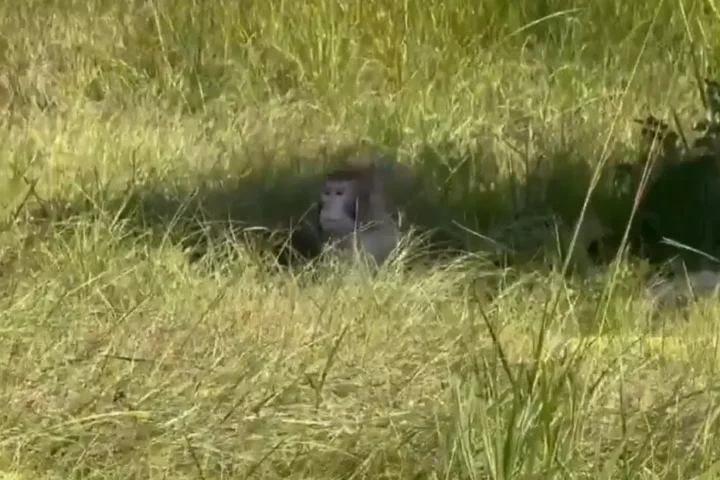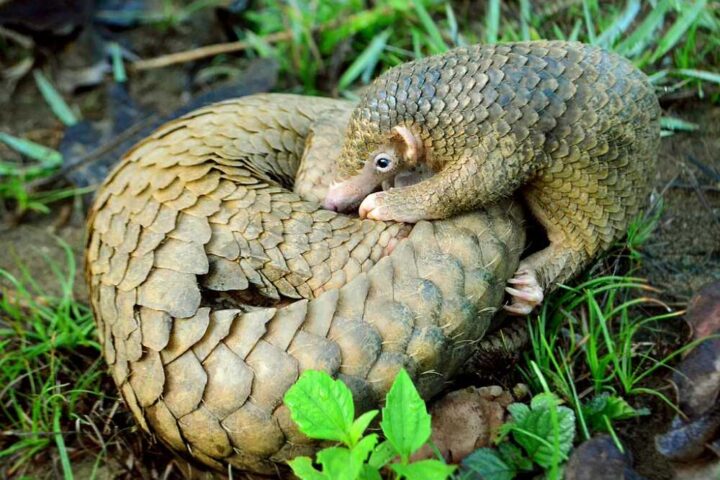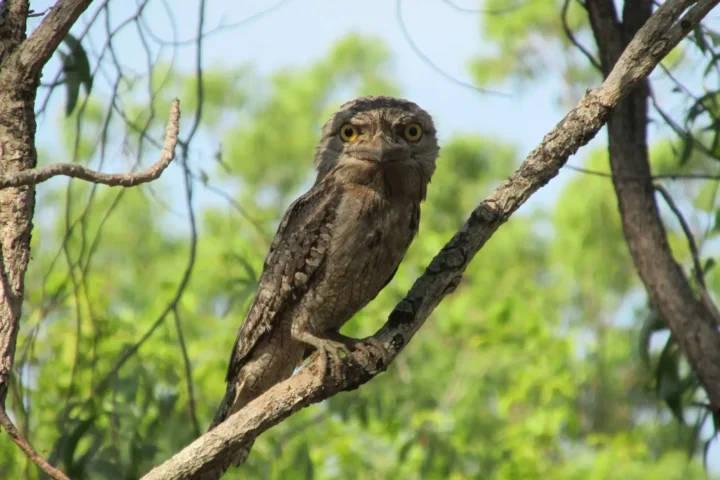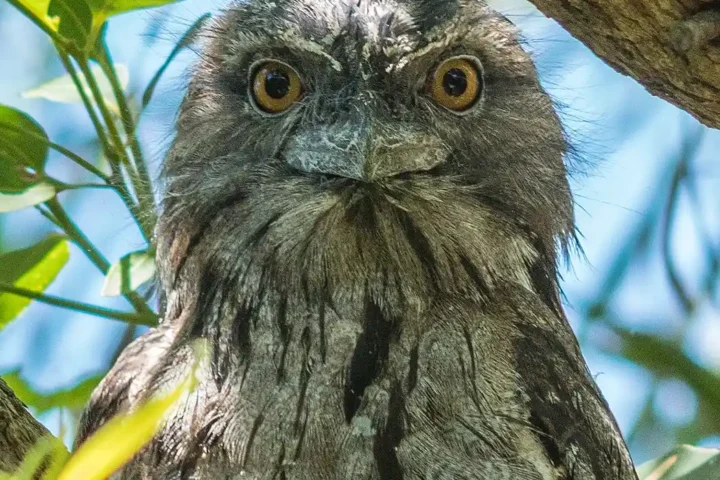New research from Cornell University has uncovered why birds burst into song at daybreak. Scientists found that social factors, not just environmental conditions, drive this daily natural concert known as the dawn chorus.
The study, published June 12, 2025, in the journal Philosophical Transactions of the Royal Society B, challenges long-held theories about why birds sing at dawn. Researchers from Cornell Lab of Ornithology’s K. Lisa Yang Center for Conservation Bioacoustics and Project Dhvani in India studied 69 bird species in India’s Western Ghats mountain range.
“Our findings demonstrate that social factors, particularly territoriality and feeding habits, are more important in driving dawn singing behavior than environmental conditions,” said lead author Vijay Ramesh, a postdoctoral researcher at the K. Lisa Yang Center.
The team placed microphones at 43 locations throughout the forest to record bird songs over several months. They found that 20 species sang significantly more at dawn than at dusk, including the gray-headed canary-flycatcher, greater racket-tailed drongo, and large-billed leaf warbler. Only one species, the dark-fronted babbler, sang more at dusk.
Previous theories suggested birds sing at dawn because cool morning air and low wind allow sounds to travel farther. However, the Cornell study found no significant link between environmental factors and dawn singing.
Similar Posts
Instead, the research revealed that highly territorial birds were much more likely to sing at dawn, using this time to advertise and defend their areas. Birds with omnivorous diets (those eating both insects and fruit) also showed a strong preference for dawn singing.
Ramesh suggests that omnivorous birds, which often join mixed-species foraging flocks, use dawn songs to communicate about food sources and warn others about nearby predators. However, he noted that additional research with visual observations is needed to confirm this theory.

The research team used passive acoustic monitoring technology, which allowed them to collect unprecedented amounts of data. This approach provided the scale needed to test multiple theories about the dawn chorus simultaneously.
This study provides valuable insights for conservation efforts, as understanding bird vocalizations helps scientists monitor ecosystem health and biodiversity changes in natural habitats.
